Galapagos
- Patrick Lorisika
- Nov 19, 2023
- 3 min read
Updated: Nov 20, 2023
Even if we’ve still a lot to discover, we dare to call Galapagos one of the most mind-blowing experiences of our journey. This unique microcosm flashed us, on land as well as under water.
Due to its remote location and being exposed to various ocean currents with varying impact on the islands, a singular flora and fauna evolved on the archipelago, each of them extremely specialized for survival on these rather hostile islands. Being first discovered by Europeans in 1535, it gained little interest during the next centuries. It has been used by pirates and buccaneers as a retreat pillaging South America’s pacific coast and by whalers as a base during their long hunting journeys. In 1835, Charles Darwin visited the Galapagos archipelago where the seed was planted that later on contributed to his evolutionary theory described in his book On the Origin of Species. During some more or less successful colonization attempts, Ecuador annexed Galapagos in 1832 and incorporated it in his territory. Huge efforts during 2nd half of 20th century to protect this unique nature lead to the creation of a national park covering 97,5% of its land surface and 70.000 square kilometers of ocean around the islands. Despite some ecological problems, mentioned actions allow hundreds of thousands annual tourists to visit Galapagos and enjoy its stunning nature under strict controls. So we lined up to do the same and spent 12 days in total on the islands Santa Cruz, Isla Isabela and San Cristóbal.
We arrived on Santa Cruz hoping that Galapagos’ animals would be less shy than Patagonia’s pumas (to see one of those is an unreached long-time goal during many visits to South Americas wildest region) and were not disappointed. This nature literally jumps on you: seals relaxing on park benches in the town center, escorted by pelicans waiting for some fish trash from returning fishermen. Beside both, Galapagos’ unique marine iguanas chill on hot stones to recover from their last dive for green algae, not at all interested in the crabs crawling nearly over them during their shore leave. Heading to the harbor, we were welcomed by more seals, small sharks and sea turtles not showing any sign of timidity. After four days we took a speed boat to Isla Isabela where we spent another three days. From there, we went on to San Cristóbal by plane, which turned out to be a private flight.
We don’t wanna bore you, describing each and every step we made is definitely worth it, but maybe not super entertaining. If you would like to see what place we liked, have a look into our recommendations in the corresponding chapter of this website or contact us. And finally, our video and the pictures below display our time there much better than we could describe in words, we hope you like them.
But briefly explained: in general, we enjoyed the islands hiking, eating very well, enjoying Galapagos’ beautiful beaches, snorkeling among curious seals and sea turtles and most important: following our new passion, scuba diving. We made new friends again and spent a lot of time with Nora & Jan, funny folks from Switzerland. It seems that we'll have to put our neighbouring country on the travel list!! A special thanks goes to the guys of Scuba Iguana on Santa Cruz and Aquaventures Dive Center on San Cristóbal.





























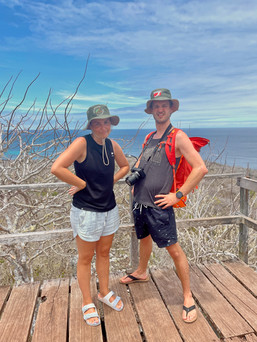









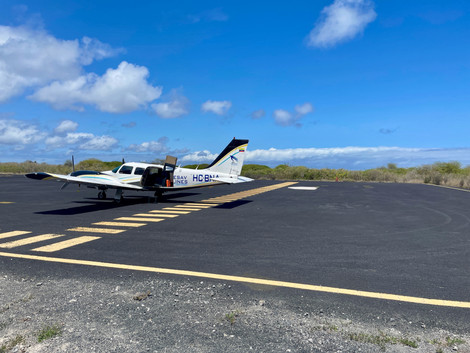

















































































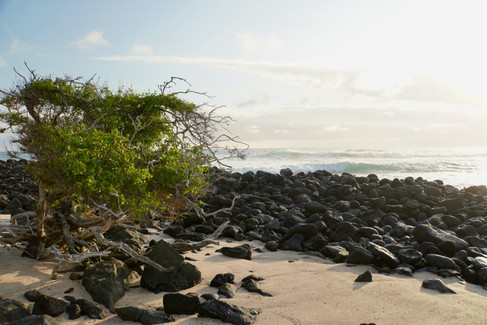















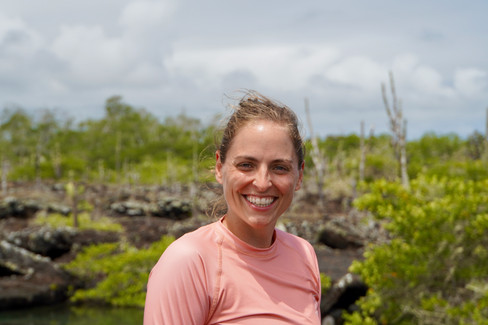





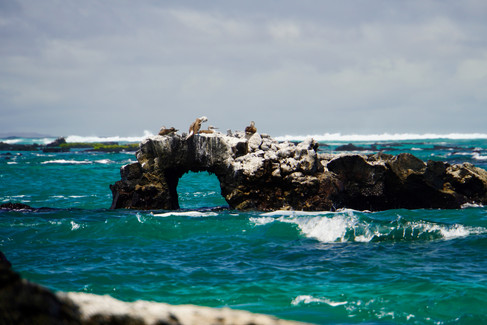





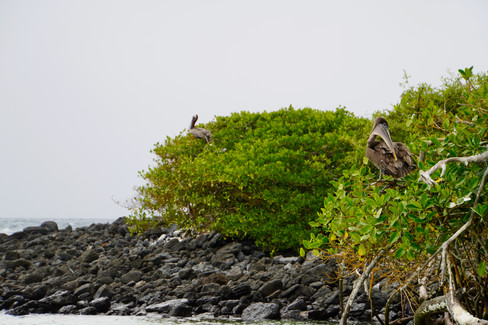



























Comments